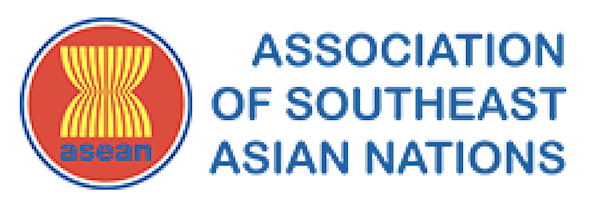a. Inappropriate or Drainage of Peatlands
Peatland management issues primarily revolve around inappropriate land use practices and drainage. Unsustainable agricultural expansion, urban development, and logging often result in the conversion of peatlands, disrupting their natural ecosystems. Drainage, commonly employed for these purposes, leads to peat decomposition, causing subsidence, carbon dioxide emissions, and increased fire risks. Such practices not only contribute to biodiversity loss but also undermine vital carbon storage capabilities, exacerbating global climate change. Addressing these issues requires implementing sustainable management strategies, including peatland restoration, to conserve these critical ecosystems, mitigate carbon emissions, and safeguard against environmental degradation.
b. Over-Exploitation of Peatland Natural Resources
The over-exploitation of peatland natural resources poses significant challenges to sustainable peatland management. Unsustainable practices like logging, mining, and agriculture result in the depletion of valuable peat resources. These activities disrupt peatland ecosystems, leading to habitat destruction, loss of biodiversity, and degradation of carbon-rich peat soils. Additionally, over-extraction of peat can exacerbate climate change by releasing stored carbon into the atmosphere. To address these issues, responsible resource management practices and regulations are crucial, as well as promoting alternative, eco-friendly land uses and restoration efforts to preserve the integrity and ecological value of peatlands.
c. Peatland Fires and Transboundary Smoke Haze
Peatland management issues include recurring peatland fires and transboundary smoke haze. These fires, often ignited for land clearance or agricultural purposes, burn deeply into peat soils, releasing vast amounts of carbon dioxide and hazardous smoke haze. The resulting air pollution can have severe health and environmental consequences, affecting not only the country of origin but also neighboring regions. Mitigating this issue requires improved fire prevention measures, sustainable land-use practices, and international cooperation to address the root causes and effectively manage peatland fires. Failure to do so risks further ecological damage, health hazards, and exacerbation of climate change.
d. Illegal Logging
Illegal logging in peatland areas poses a critical peatland management issue. Unregulated timber harvesting leads to deforestation, habitat destruction, and disruption of peatland ecosystems. The loss of vegetation cover accelerates peat decomposition, contributing to subsidence, increased carbon emissions, and vulnerability to fires. Moreover, illegal logging deprives governments of revenue, fuels corruption, and undermines sustainable land-use practices. Addressing this issue necessitates stricter law enforcement, improved monitoring, community involvement, and international cooperation. Effective measures can help conserve peatland resources, mitigate climate change impacts, and protect vital habitats, while promoting responsible forestry practices and sustainable peatland management.
e. Loss of Carbon Storage
The loss of carbon storage is a critical peatland management issue. Unsustainable land use practices like drainage, agriculture, and logging disrupt peatland ecosystems, causing the decomposition of carbon-rich organic matter. This releases stored carbon dioxide into the atmosphere, exacerbating global climate change. Peatlands, despite covering a small percentage of the Earth’s surface, store a disproportionately large amount of carbon. Thus, their degradation contributes significantly to greenhouse gas emissions. To mitigate this issue, peatland conservation, rewetting, and restoration efforts are essential. Protecting and restoring these ecosystems can help retain their carbon storage capacity, aid climate change mitigation, and preserve biodiversity.
f. Loss of Biodiversity
The loss of biodiversity is a pressing concern in peatland management. Unsustainable land use practices like drainage, agriculture, and logging disrupt peatland ecosystems, leading to habitat destruction and the decline of unique plant and animal species adapted to these wetland environments. As peatlands are drained, species that rely on these habitats are displaced or face extinction. The loss of biodiversity not only impacts local ecosystems but also disrupts vital ecological services. To address this issue, conservation efforts, habitat restoration, and sustainable land management practices are crucial to safeguard the rich biodiversity of peatlands and maintain the ecological balance within these sensitive ecosystems.








